For years, Tara Tanaka has photographed the extraordinary biodiversity of the Florida panhandle—all from her backyard. She lives on a cypress swamp and wildlife refuge, home to Great Blue Heron, Anhingas, Great Egrets, Red-bellied Woodpeckers, Roseate Spoonbills, Black-bellied Whistling-Ducks, and more. A few years ago, she and her husband, a retired state park naturalist, were profiled by the Audubon Society for their commitment to conservation.
While few photographers have a 45-acre yard to call their own, many can follow in Tara’s footsteps by documenting wildlife close to home. The last year has taught us that we don’t have to travel to faraway places to find subjects for wildlife photography; for many of us, all it takes is a visit to the backyard or local park. Even if we don’t realize it, these are habitats we share with birds, insects, reptiles, or even mammals.
The advantage of backyard wildlife photography is that you can follow the same animals year after year, learning their behaviors and becoming ambassadors for their conservation. You can photograph them anytime, day or night, summer or winter, and you never run out of opportunities. If you miss a moment, you can try again the next day. Here are our tips for getting started.
Stay ethical
The same ethical guidelines that apply to animals in the wilderness also apply to those visiting your backyard. While it can be tempting to use food to attract wildlife, it can also be dangerous for many animals to become dependent on humans for food, not to mention that many animals will eat foods that aren’t safe for their consumption.
It’s important for animals to maintain a balanced diet, and young animals must learn to find food for themselves; for those reasons, we don’t recommend feeding. The last thing you want is to make an animal sick or alter their natural behaviors. Water stations are a more ethical option, especially in hot environments. Make sure the container is shallow enough for smaller birds to avoid any risk of drowning. Clean it regularly, and include some extra rocks for bees and butterflies to safely perch.
The ethics might change based on your location and subject, so if you’re ever in doubt, ask a local wildlife expert for advice. Sanctuaries, preserves, and individual wildlife rehabilitators are great resources, and they’re happy to help fellow animal lovers. Finally, keep any domestic cats indoors to protect the wildlife and place stickers on your windows to prevent collisions.
Study your subject
Speaking of wildlife experts, it’s always worth contacting your local sanctuary or the Audubon Society for more information about the animals who visit your yard and ask as many questions as you can. Doing your research is essential for practicing ethical wildlife photography, and it’ll also improve your images by leaps and bounds.
If you’re photographing birds, listen with your ears; their songs will tell you a lot about their patterns. Don’t forget to take notes on the species you see and their behaviors so you can follow up on your observations later. You can download the Audubon Bird Guide App to help with your research.
Once you understand the animal’s behavior patterns, you’ll be better equipped to anticipate their movements and activities, capturing the best moments. Learning about native wildlife is also part of the joy of this kind of photography, and you’ll be able to educate your neighbors about protecting and conserving local fauna.
Make your backyard a haven for wildlife
It might also be worth tailoring your garden to the wildlife you want to photograph. For example, you can plant trees for shade or purchase native plants, trees, and shrubs to attract specific animals or insects. Many birds enjoy shallow birdbaths or small ponds, while others like nesting boxes or birdhouses—you can customize your garden to suit their specific needs.
Avoid mowing your lawn. Animals need shelter and hiding spots, and native plants help provide context and tell a larger story. This tip ties back to the importance of doing your research; as you learn about your subject, you can make improvements to your yard and its scenery. Contact your local garden center, as they’ll have tips for plants that attract local fauna. Keep it natural and eco-friendly, without any harmful pesticides.
Keep your distance
Sure, you’re in your own backyard, but it’s also a habitat for wildlife, so respect their personal space. For the safety of many animals, you also don’t want them to become habituated to your presence, so it might be worth investing in a backyard hide and a telephoto lens. If you don’t have a hide, you can always use your house and stay inside; just open up a window or door.
Patience is the name of the game here, so take advantage of the time spent waiting to learn more about the animals who share your yard. Case in point: the Canadian wildlife and nature photographer Jacques-Andre Dupont had his patience rewarded in spades when this Ruby-throated Hummingbird visited him several times over a few weeks; he also has geese visit his pond every year.
Watch your background
Many environments, including some backyards, don’t need any help looking beautiful; for example, the avian photographer Scott Keys found this Gnatcatcher on a live perch, all-natural, without any “staging.” The buds happened to be there, creating a stunning composition.
With that being said, one thing you can do to “set the scene” for a great photo is to set up a natural bird perch, as many birds will hang out on branches. A fallen branch with leaves or moss, set up using a clamp, can work if you don’t have many live branches. Study the light in your backyard, and set it up in a spot where you get that lovely golden hour glow. You’ll also want to keep your background clear of any distracting elements, while incorporating photogenic details.
Keep your camera handy
Keep your camera and lenses ready at all times—you never know when the perfect opportunity will present itself. Get into the habit of changing your settings on-the-fly, as fast-moving animals often require shorter shutter speeds (1/500 of a second or faster). Shoot in manual mode (or at least a semi-automatic mode), as you’ll also want to open up your aperture to let in more light and create a blurry background.
Many species are most active in the mornings, so set your alarm for early in the morning to start. After that, you can get creative by photographing at different times of the day and in different natural lighting conditions; try backlight or dappled light, or wait for an overcast day for even, diffused lighting. You might be surprised with how much variety you can get when documenting a single yard throughout the different seasons, as animals come and go.
Not on 500px yet? Sign up here to explore more impactful photography.

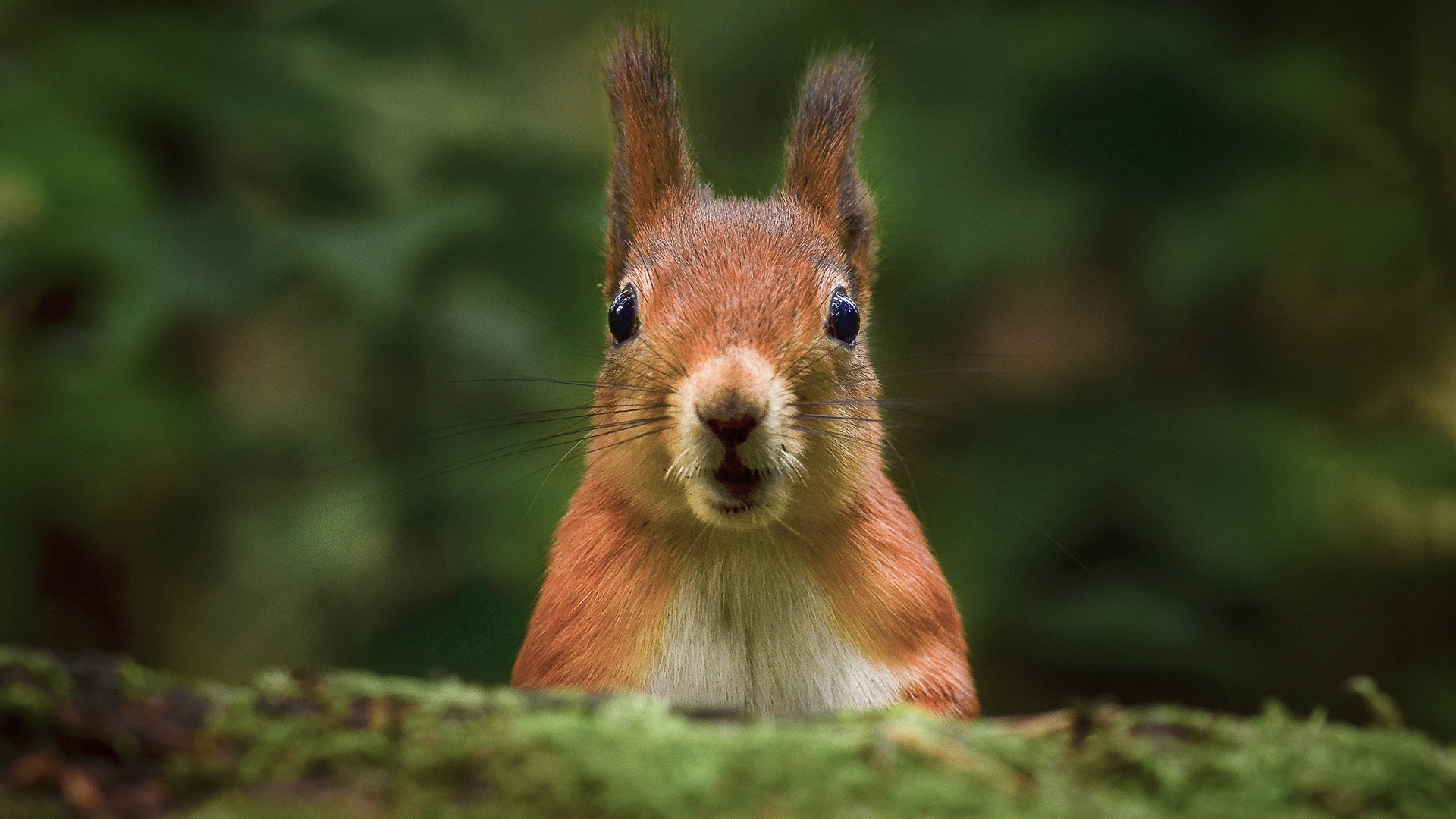
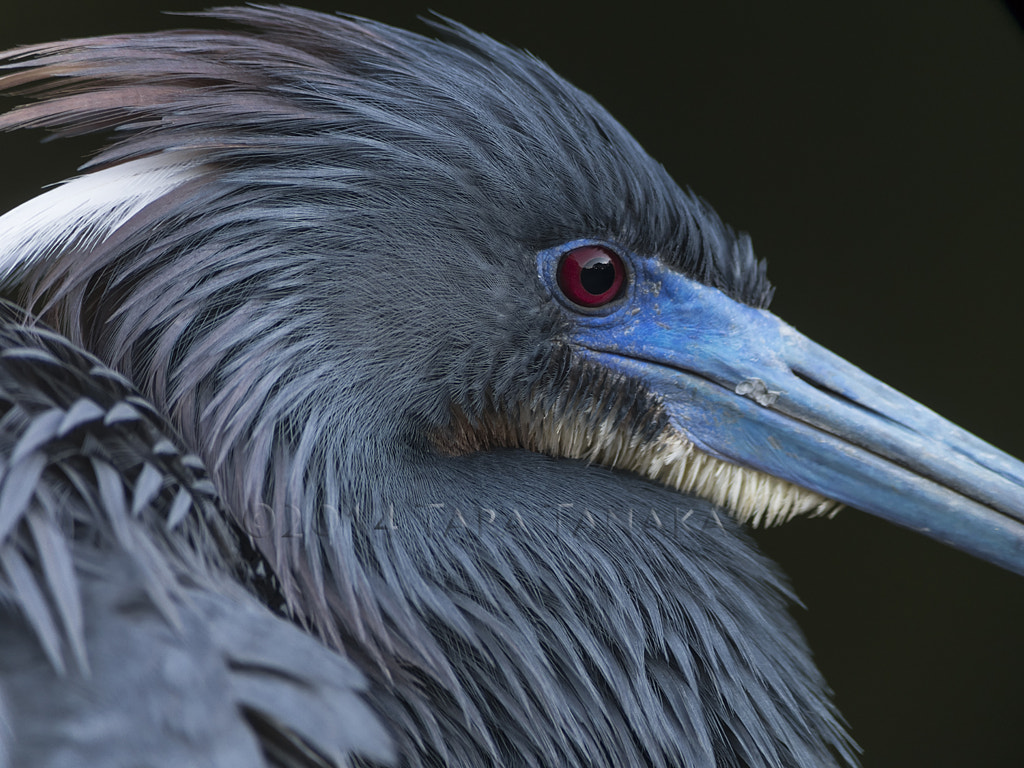
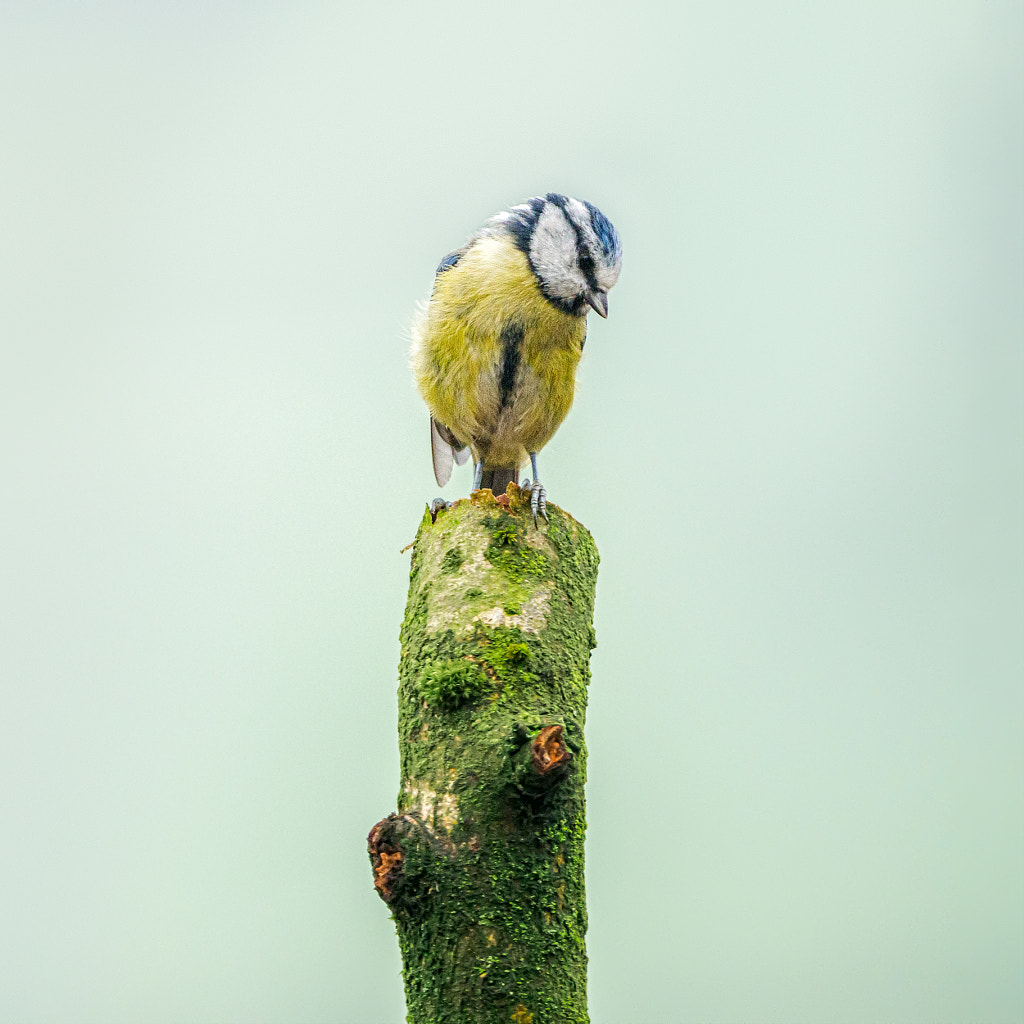
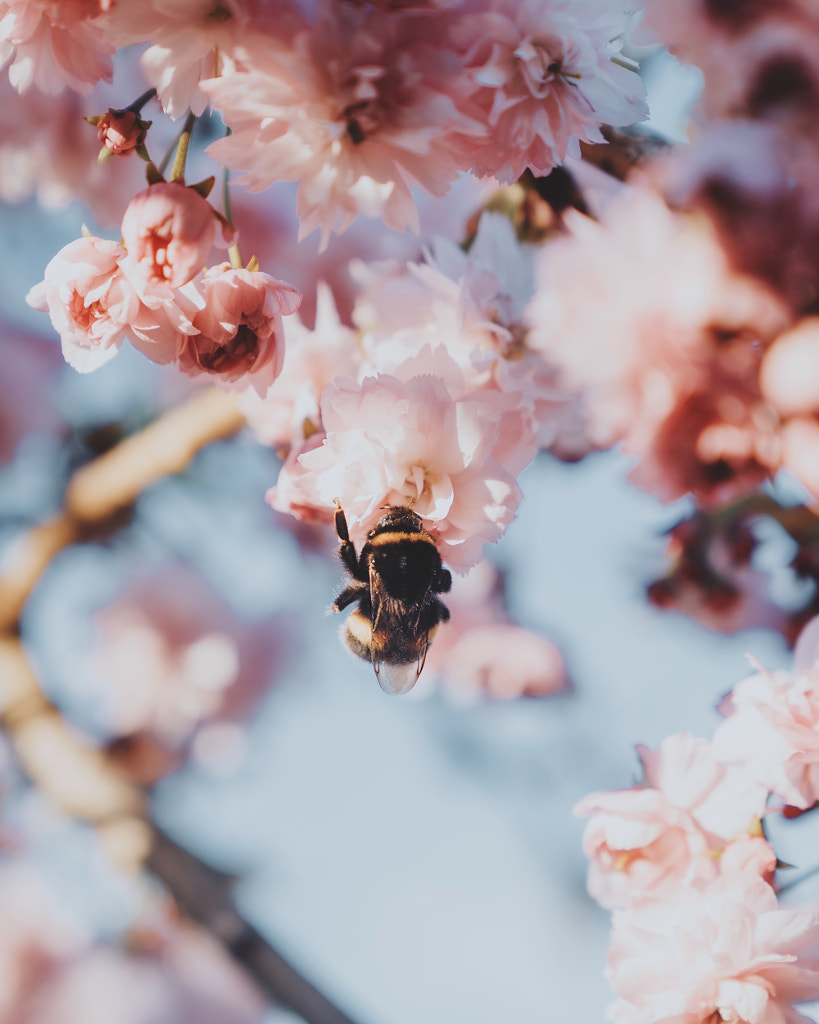
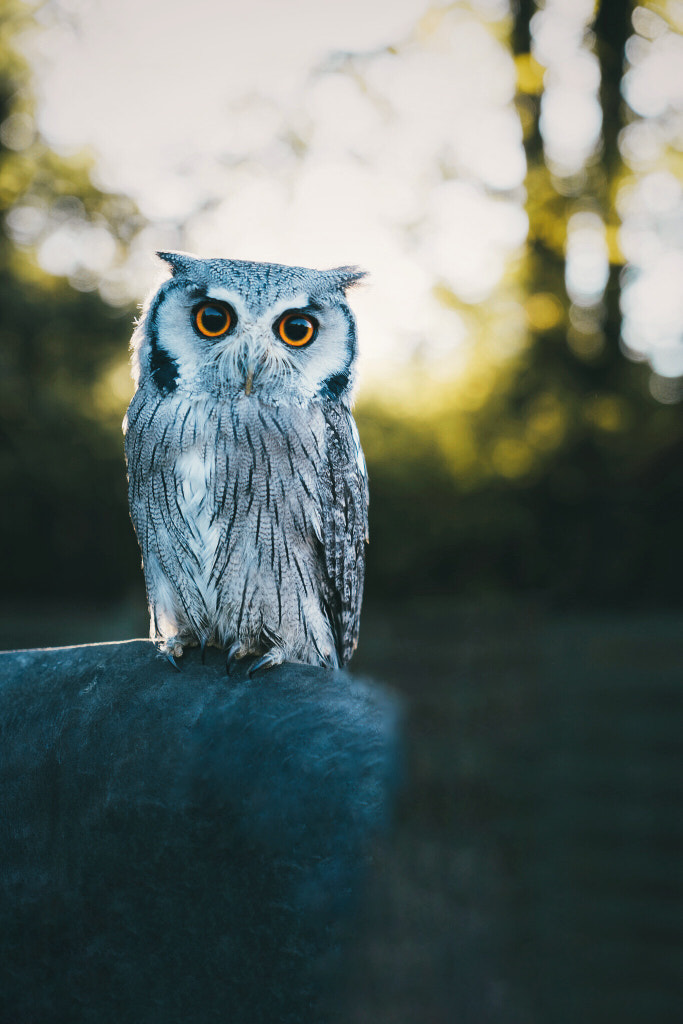
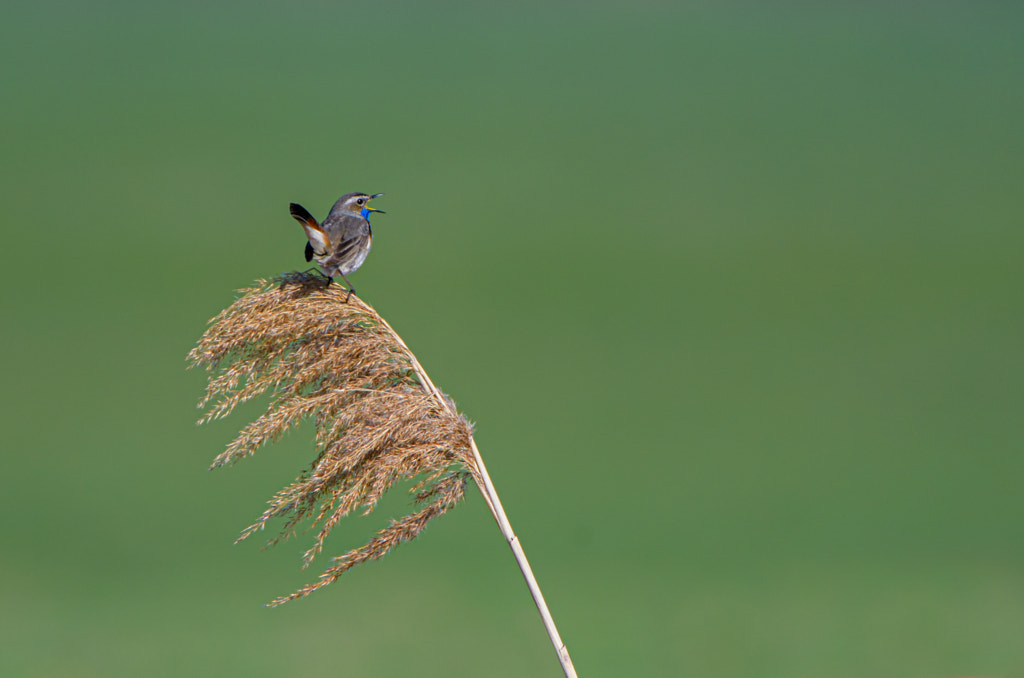
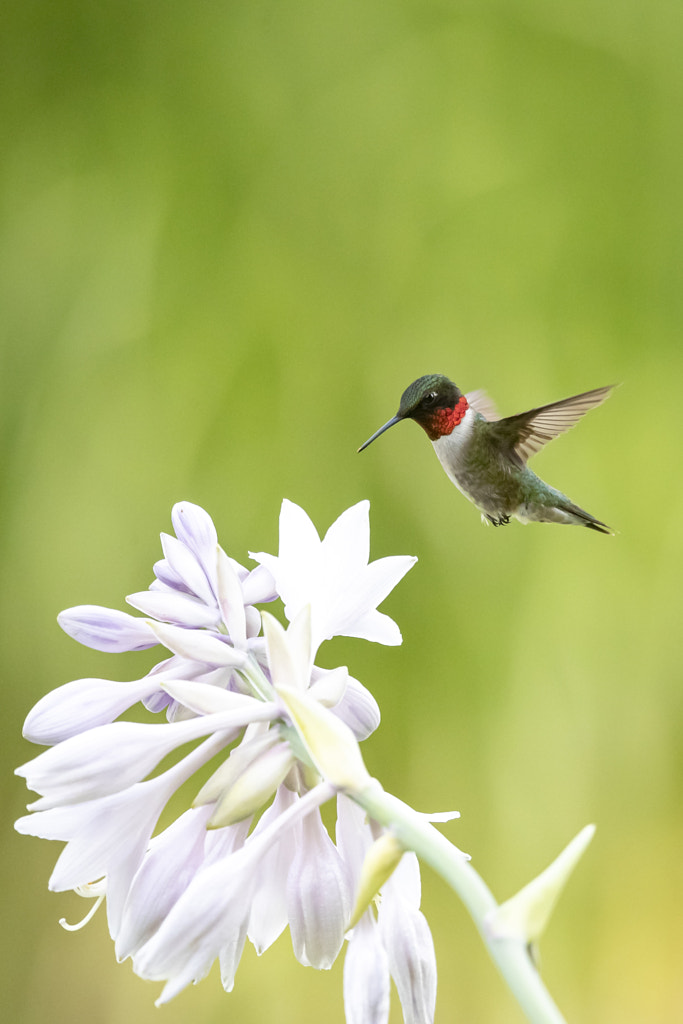

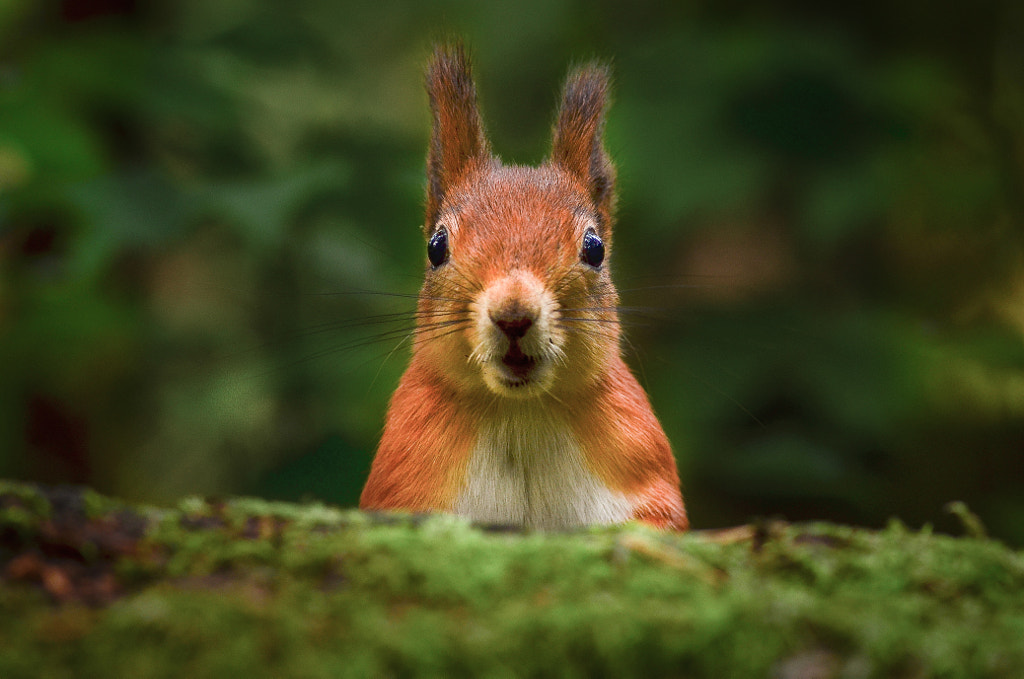



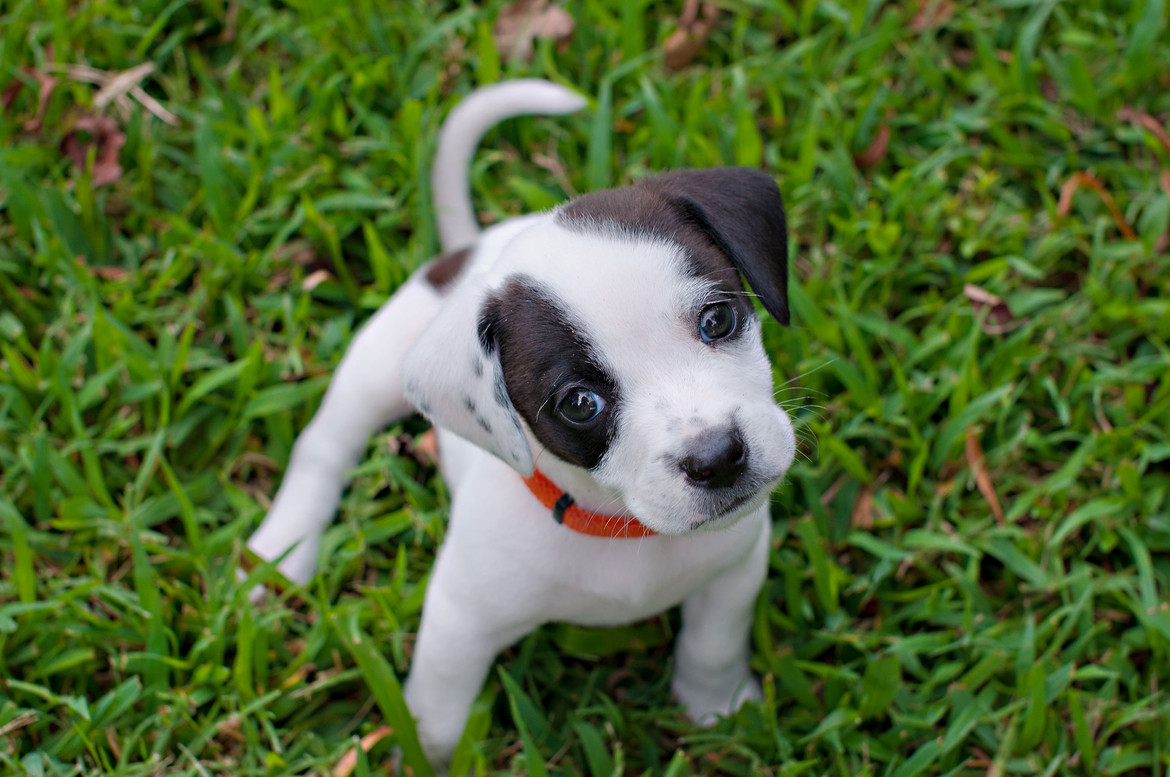
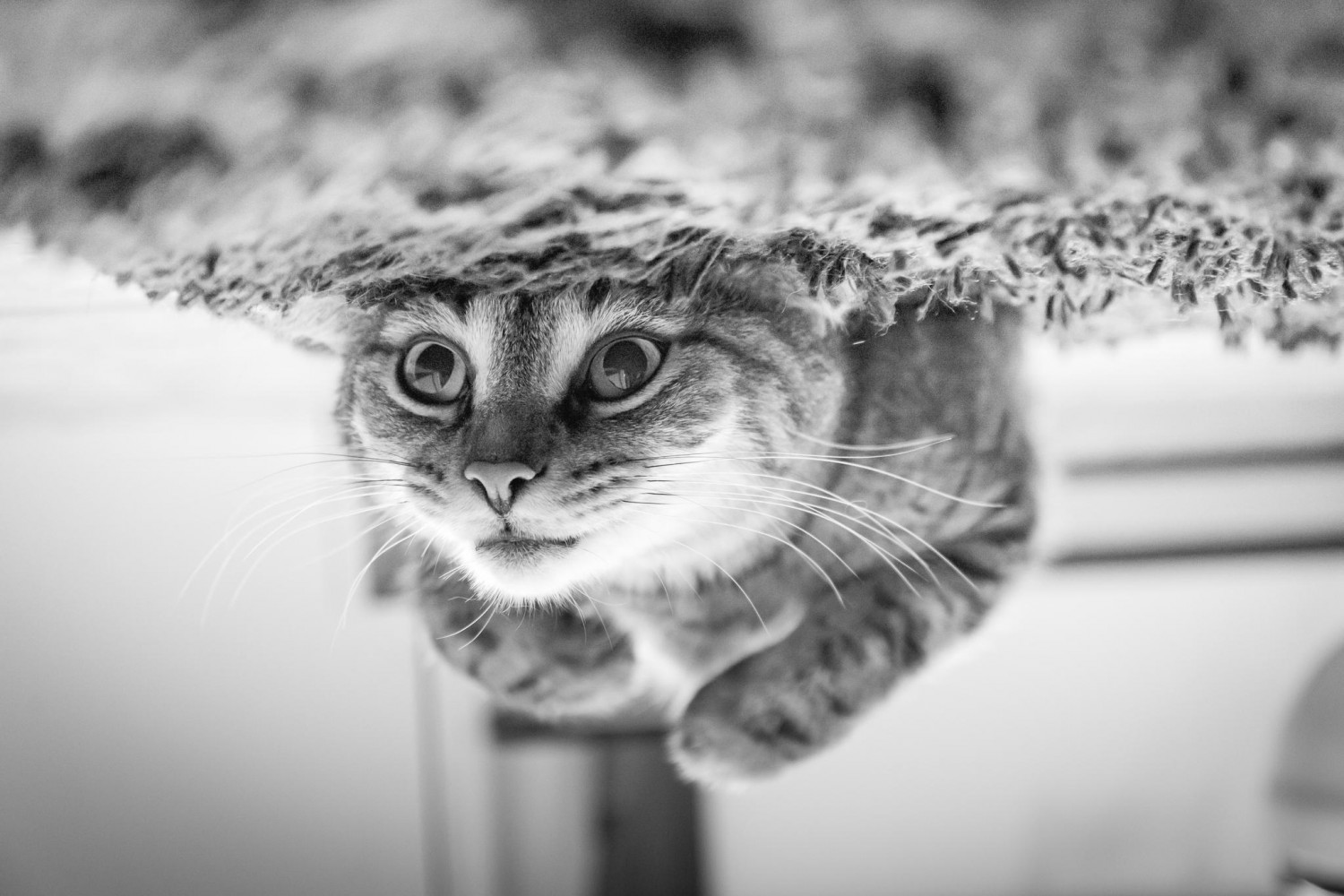
Leave a reply